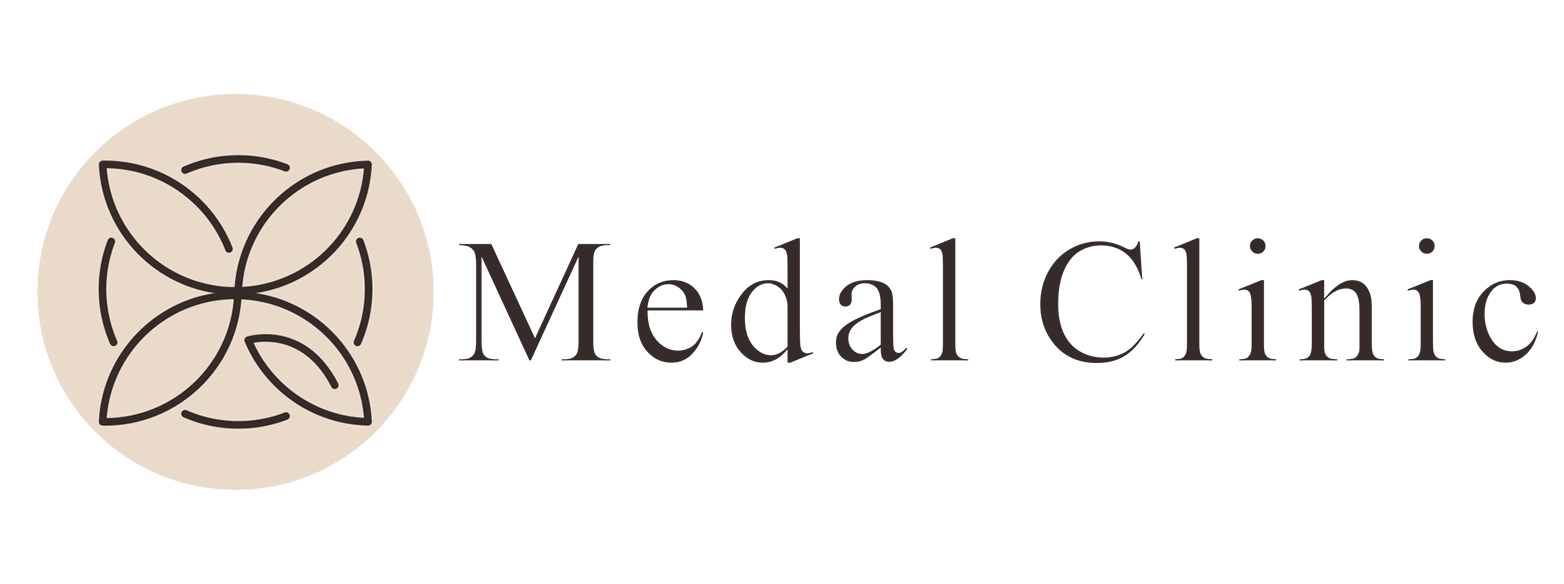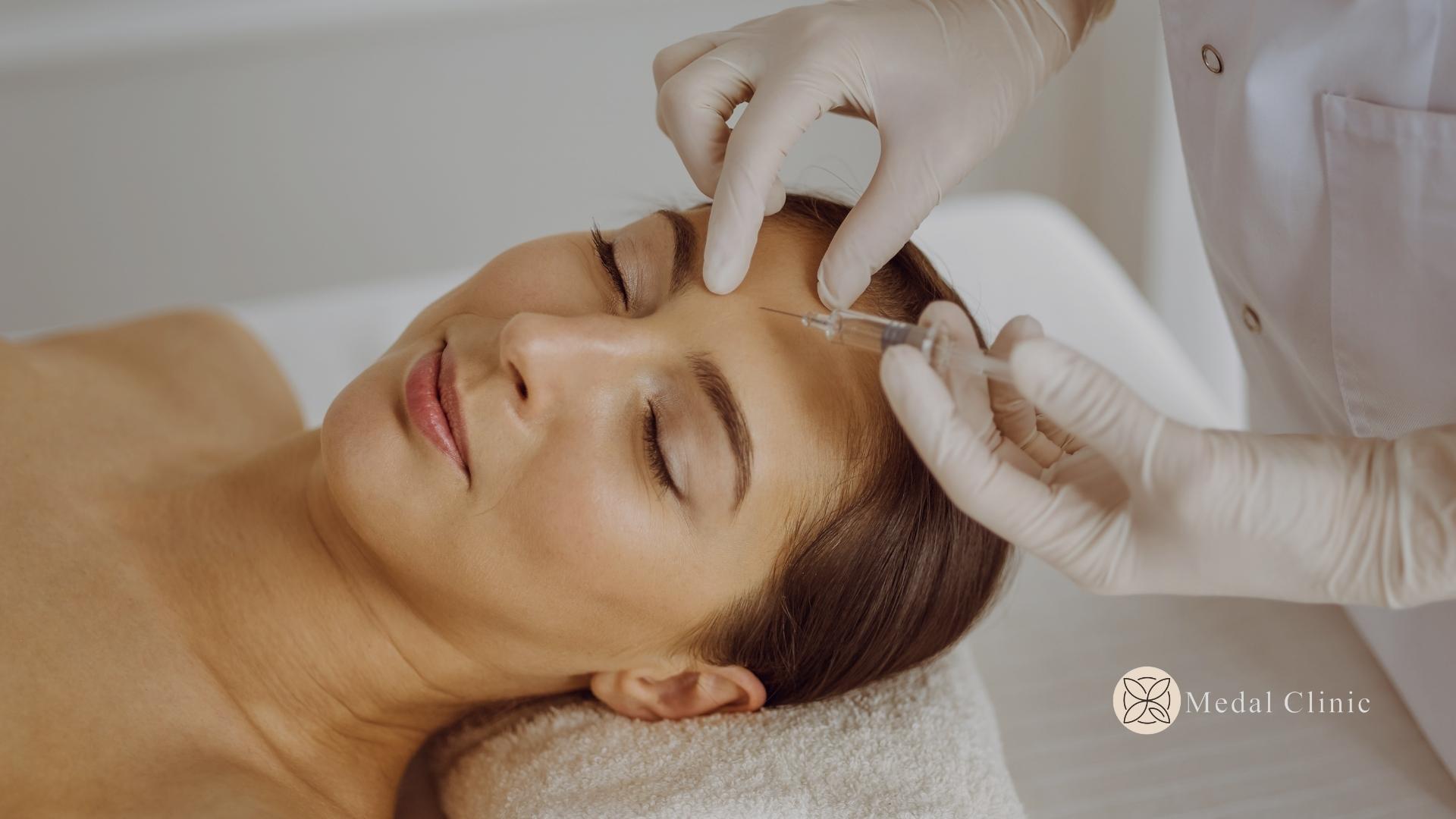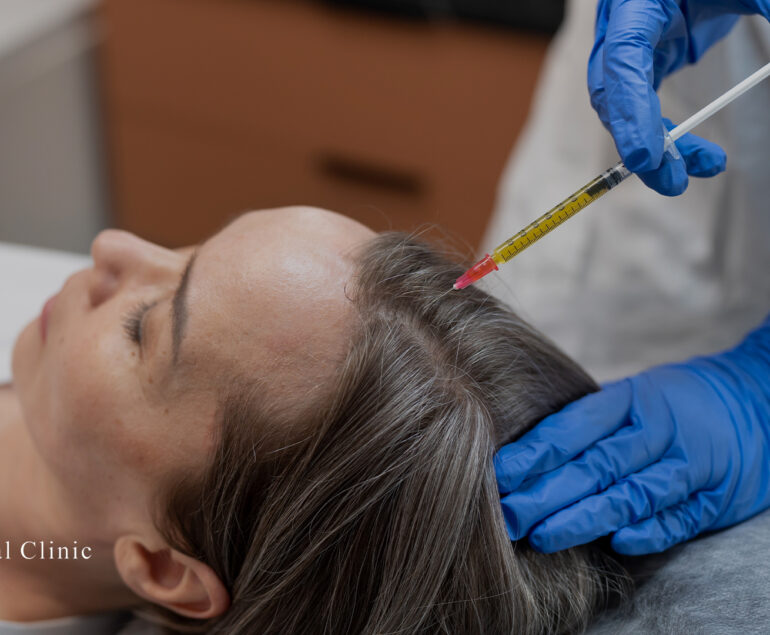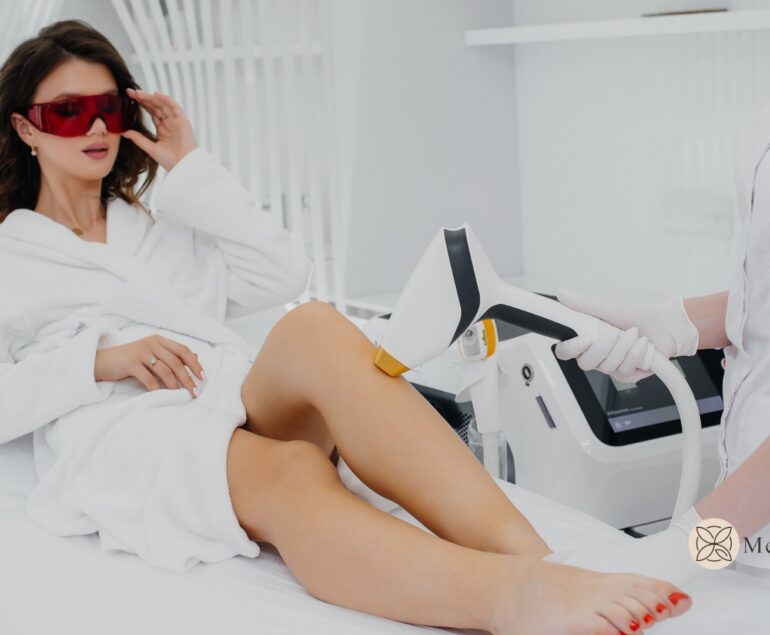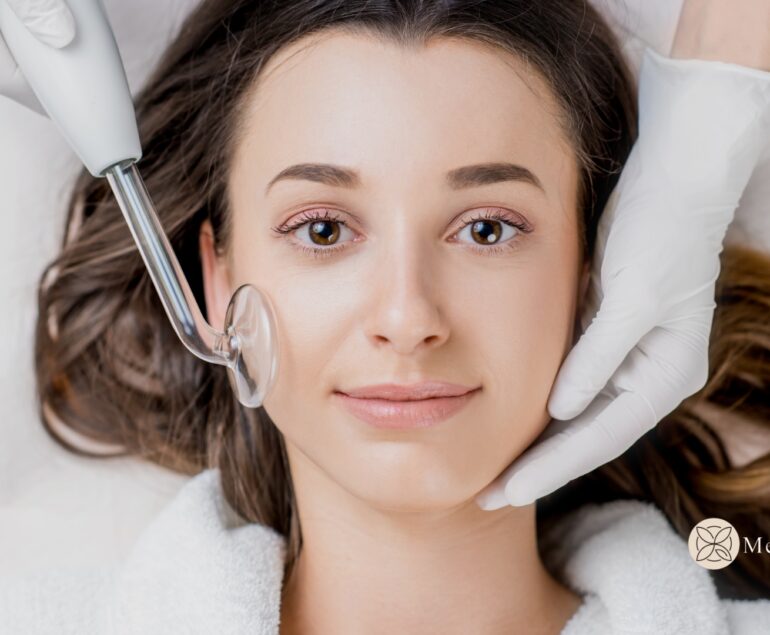What Should I Pay Attention to After Botox?
Botox has become a popular cosmetic procedure for reducing the appearance of wrinkles and fine lines. If you’re considering or have recently undergone Botox treatment, it’s essential to know what to expect and how to take care of yourself afterward. This blog will provide you with a comprehensive guide on what you should pay attention to after getting Botox injections.
Post-Botox Care Instructions:
After your Botox treatment, your healthcare provider will likely give you specific post-procedure care instructions. These may include:
Avoiding strenuous physical activity: You should avoid intense workouts for at least 24 hours after your Botox injections. This helps prevent the spread of the toxin and promotes optimal results.
No rubbing or massaging: Do not rub or massage the treated area immediately after the procedure. This could potentially cause the Botox to spread to unintended areas.
Stay upright: It’s recommended to stay upright for a few hours after the treatment. Avoid lying down or bending over, as this can help prevent the Botox from migrating.
Side Effects:
While Botox is generally safe, there can be some side effects, including:
Bruising: Some bruising at the injection site is normal and usually resolves within a few days.
Swelling: Mild swelling is also common, but it should subside relatively quickly.
Temporary muscle weakness: You may experience weakness in the treated muscles, especially if you’ve had Botox in areas like the forehead or around the eyes. This is temporary and part of the treatment process.
Results and Maintenance:
Botox typically takes a few days to start showing its effects, and the full results may take up to two weeks to become apparent. It’s important to have realistic expectations about the outcome. Botox results are temporary and usually last around 3-4 months. To maintain your desired look, you’ll need periodic touch-up treatments.
Follow-Up Appointments:
Keep your follow-up appointments with your healthcare provider. They will assess the results and may make any necessary adjustments to achieve your desired outcome.
Avoid Certain Medications and Supplements:
Before and after your Botox treatment, it’s advisable to consult with your healthcare provider about any medications or supplements you’re taking. Some blood-thinning medications and supplements can increase the risk of bruising.
Protect Your Skin:
After Botox, it’s essential to protect your skin from the sun. Use sunscreen and wear a hat when going outside to prevent sun damage, as UV rays can break down the Botox.
Conclusion:
Botox can be an effective way to rejuvenate your appearance, but it’s crucial to pay attention to post-treatment care and follow your healthcare provider’s advice. By doing so, you can maximize the benefits of Botox and enjoy a refreshed look that lasts. Always consult with a qualified professional for any cosmetic procedures to ensure safe and satisfactory results.
FAQ's
What is Botox, and how does it work?
Botox is a brand name for a purified form of botulinum toxin. It works by temporarily paralyzing or relaxing specific muscles in the face, reducing the appearance of wrinkles and fine lines caused by muscle contractions.
Who is a good candidate for Botox treatment?
Botox is generally suitable for adults who want to address dynamic wrinkles (wrinkles caused by muscle movement), such as frown lines, crow’s feet, and forehead lines. It’s essential to consult with a healthcare provider to determine if Botox is right for you.
Does Botox treatment hurt?
Most people report minimal discomfort during Botox injections. The needles used are very fine, and any pain is usually brief and tolerable. Some providers may offer numbing cream or ice to reduce discomfort.
How long does a Botox treatment session take?
A Botox treatment session typically takes around 10-15 minutes, making it a convenient option for those with busy schedules.
When will I see results after Botox treatment?
Botox results are not immediate. It can take a few days to start seeing the effects, with full results typically visible within 1-2 weeks.
